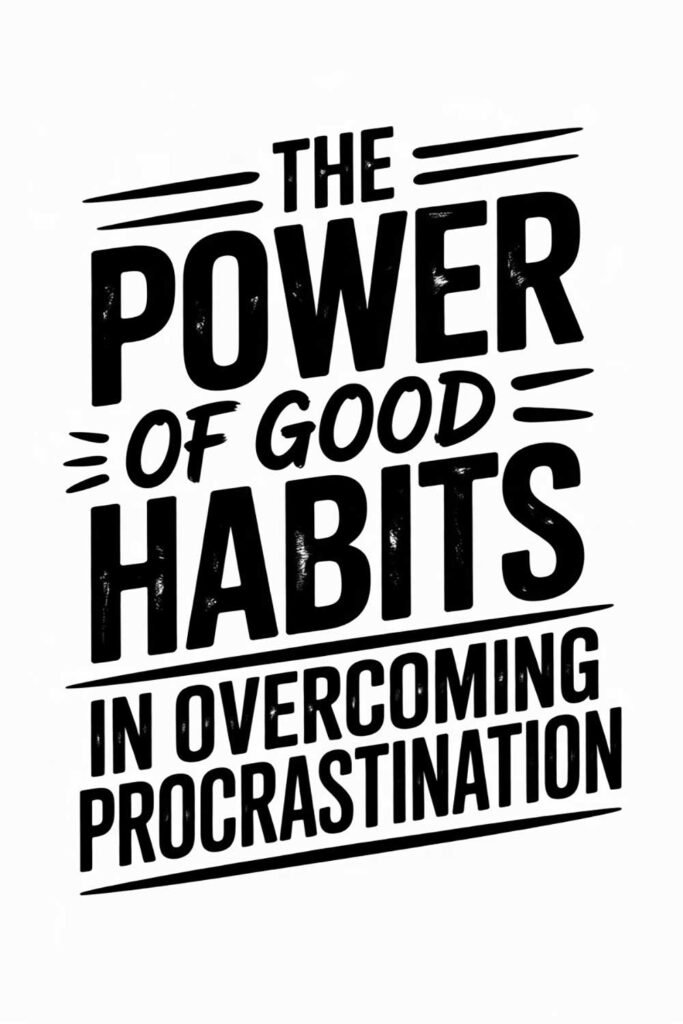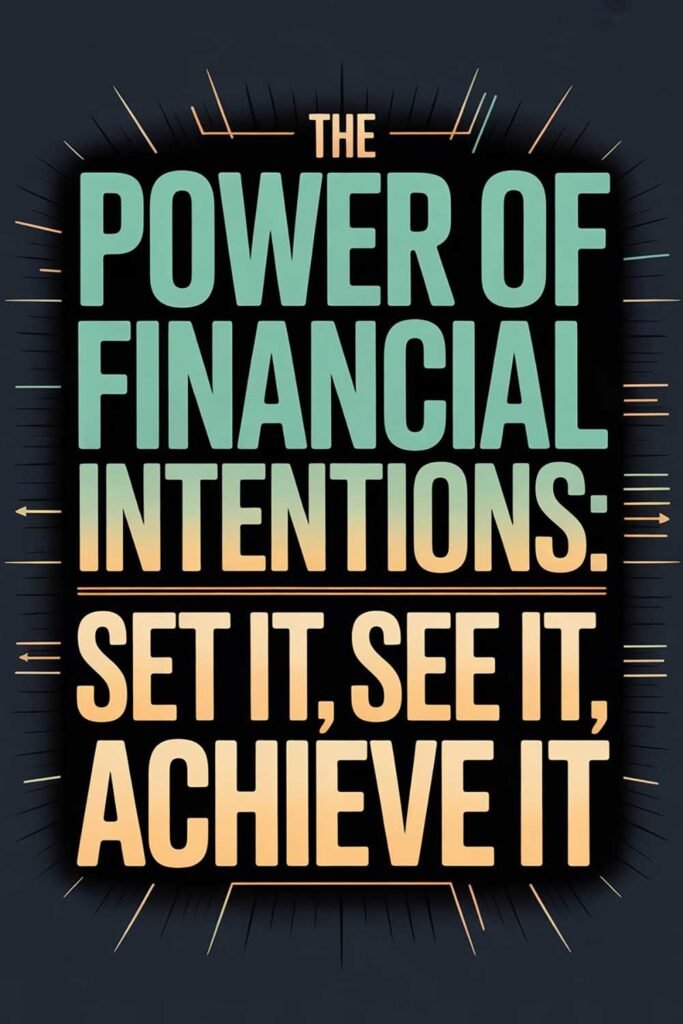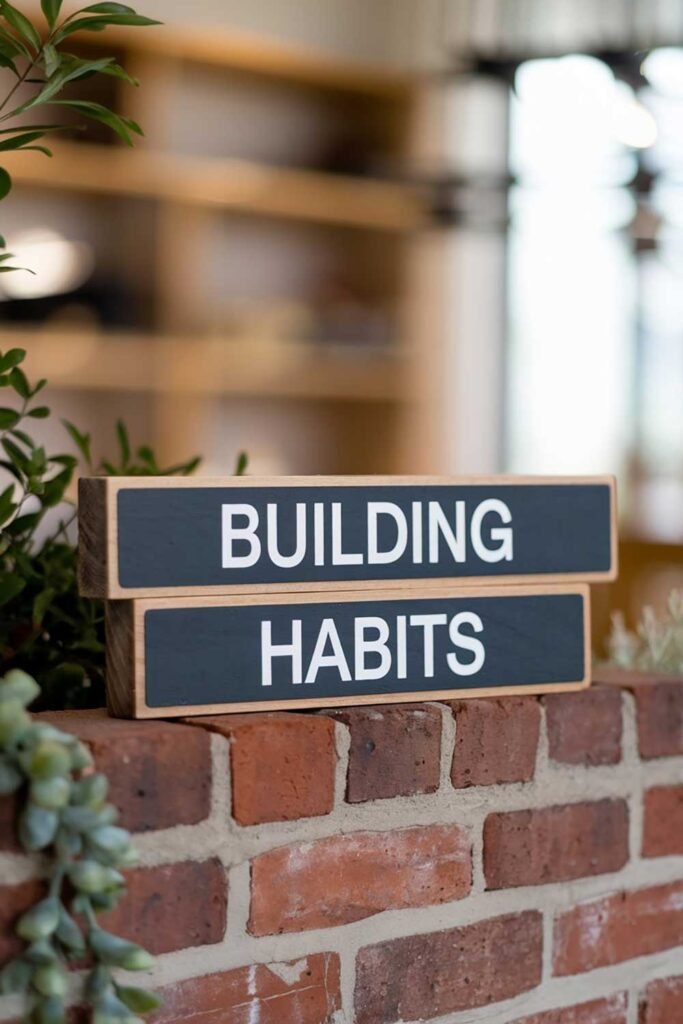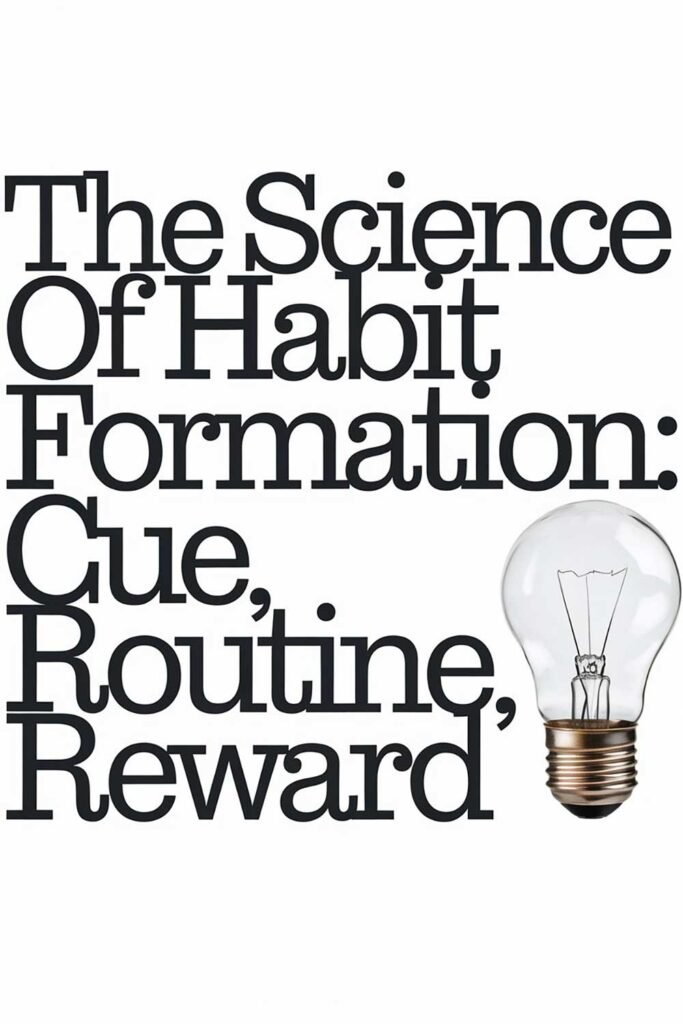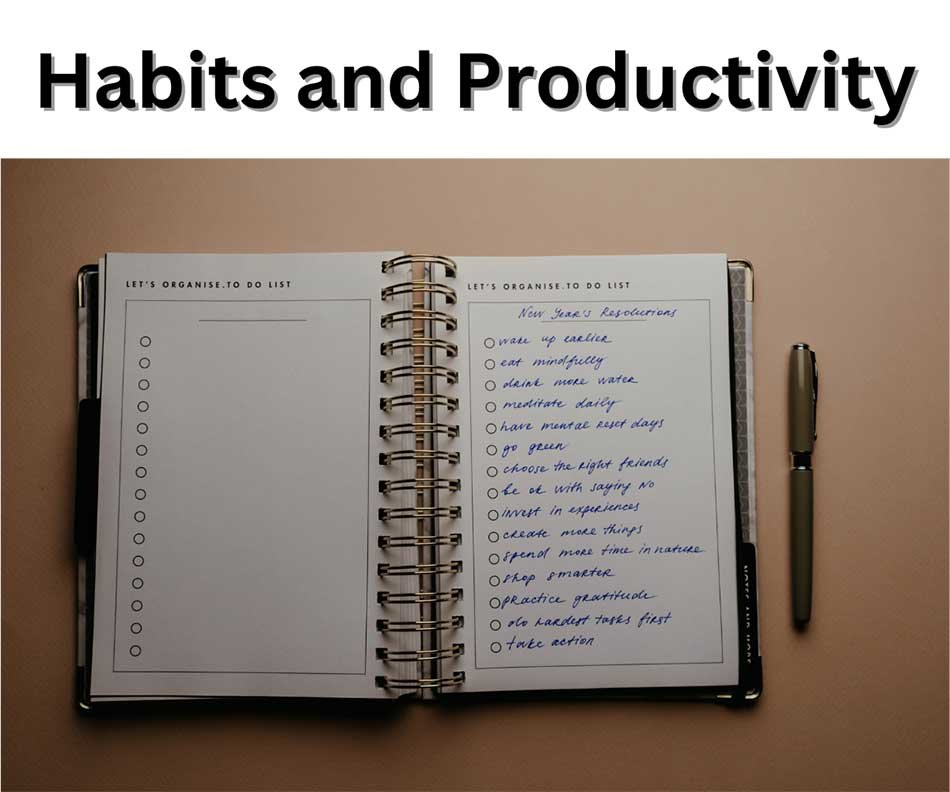
If you know someone who could benefit from this article, please share it with them. Building effective habits and boosting productivity can transform their daily life and long-term success.
Habits and Productivity: A Guide to Maximizing Your Potential
The Power of Habits
Habits are the building blocks of daily life. They shape your actions, define your routines, and influence your overall success. A habit is a behavior repeated regularly, often unconsciously, making it a powerful tool for improving productivity and achieving your goals.
Why Habits Matter
- Consistency: Small actions done consistently yield significant results over time.
- Efficiency: Habits reduce decision fatigue, freeing mental energy for more complex tasks.
- Foundation for Success: Positive habits create a structure that supports long-term achievement.
The Habit Loop
Understanding the habit loop can help you build or break habits effectively:
- Cue: A trigger that initiates the habit.
- Routine: The action or behavior itself.
- Reward: The benefit or satisfaction gained from the habit.
For example:
- Cue: Waking up in the morning.
- Routine: Drinking a glass of water.
- Reward: Feeling refreshed and energized.
Building Effective Habits
1. Start Small
Big changes can feel overwhelming. Begin with manageable steps that build momentum.
- Example: Instead of committing to an hour-long workout, start with 10 minutes a day.
2. Set Clear Goals
Define what you want to achieve and why it matters.
- Use the SMART criteria:
- Specific: What exactly do you want to accomplish?
- Measurable: How will you track progress?
- Achievable: Is it realistic?
- Relevant: Does it align with your values?
- Time-bound: What is your deadline?
3. Leverage Triggers
Tie new habits to existing routines to make them easier to adopt.
- Example: After brushing your teeth (existing habit), meditate for 5 minutes (new habit).
4. Track Progress
Monitoring your habits provides motivation and accountability.
- Use tools like habit trackers, journals, or apps to record daily progress.
5. Celebrate Small Wins
Rewarding yourself reinforces positive behavior and keeps you motivated.
- Example: Treat yourself to a favorite snack after completing a week of your new habit.
Breaking Bad Habits
1. Identify Triggers
Understand what cues lead to the habit you want to break.
- Example: If you snack on junk food while watching TV, the trigger may be the TV itself.
2. Replace the Habit
Substitute a negative habit with a positive one.
- Example: Replace late-night scrolling on your phone with reading a book.
3. Change Your Environment
Make it harder to engage in the bad habit by altering your surroundings.
- Example: Keep unhealthy snacks out of the house to reduce temptation.
4. Seek Support
Share your goals with friends, family, or a coach who can hold you accountable.
5. Be Patient
Breaking a habit takes time and persistence. Don’t be discouraged by setbacks; focus on long-term progress.
Boosting Productivity
Productivity is about working smarter, not harder. By aligning your habits with productivity principles, you can accomplish more in less time.
1. Prioritize Tasks
Focus on the most important tasks (MITs) each day to ensure progress toward your goals.
- Use the Eisenhower Matrix to categorize tasks:
- Urgent and Important: Do it now.
- Important but Not Urgent: Schedule it.
- Urgent but Not Important: Delegate it.
- Neither Urgent nor Important: Eliminate it.
2. Use Time Management Techniques
Maximize efficiency with proven strategies:
- Pomodoro Technique: Work for 25 minutes, then take a 5-minute break.
- Time Blocking: Schedule specific times for focused work.
- Batching: Group similar tasks together to reduce context switching.
3. Eliminate Distractions
Create an environment conducive to focus:
- Turn off notifications.
- Set boundaries with others during work hours.
- Use tools like website blockers to stay on track.
4. Practice Energy Management
Work when your energy levels are highest for maximum productivity.
- Identify your peak energy times (morning, afternoon, or evening).
- Take regular breaks to recharge.
5. Reflect and Adjust
Review your progress regularly to identify what’s working and what needs improvement.
- Ask yourself:
- Did I accomplish my priorities today?
- What can I do differently tomorrow?
Practical Exercises
- Habit Stacking: Combine new habits with existing ones for seamless integration.
- Daily Journaling: Reflect on your productivity and habits to track growth.
- Weekly Planning: Set clear goals and review them at the end of each week.
- Accountability Partner: Partner with someone to keep each other motivated.
Picture This
Imagine starting each day with clarity and purpose. Your habits align with your goals, and your productivity soars as you focus on what truly matters. Distractions fade away, and you approach tasks with energy and confidence. With every small win, you build momentum toward your dream life. What habit will you start today to boost your productivity?


